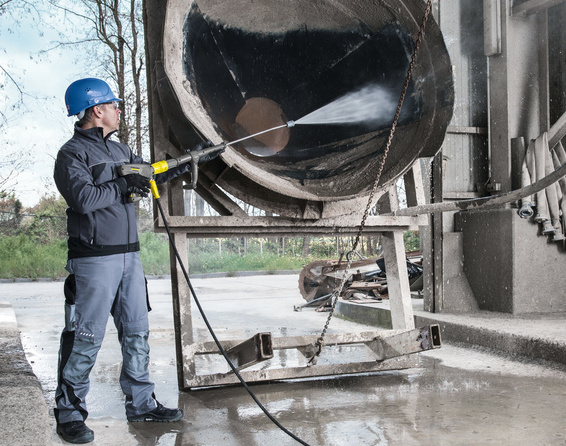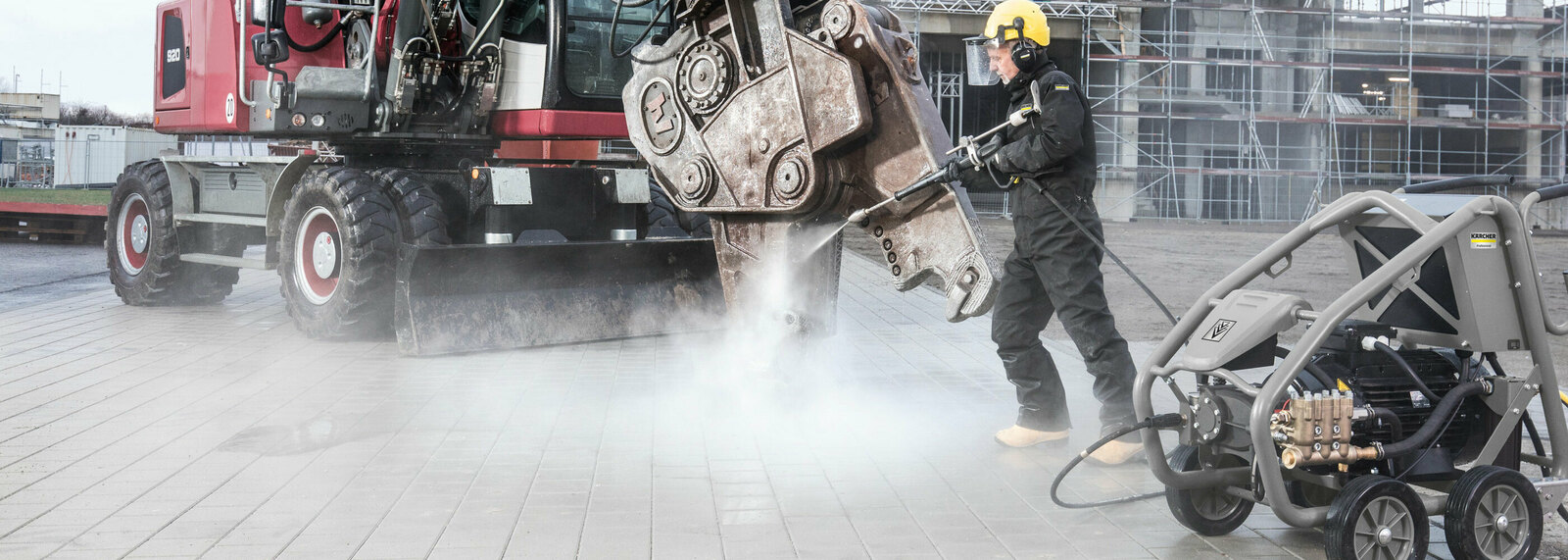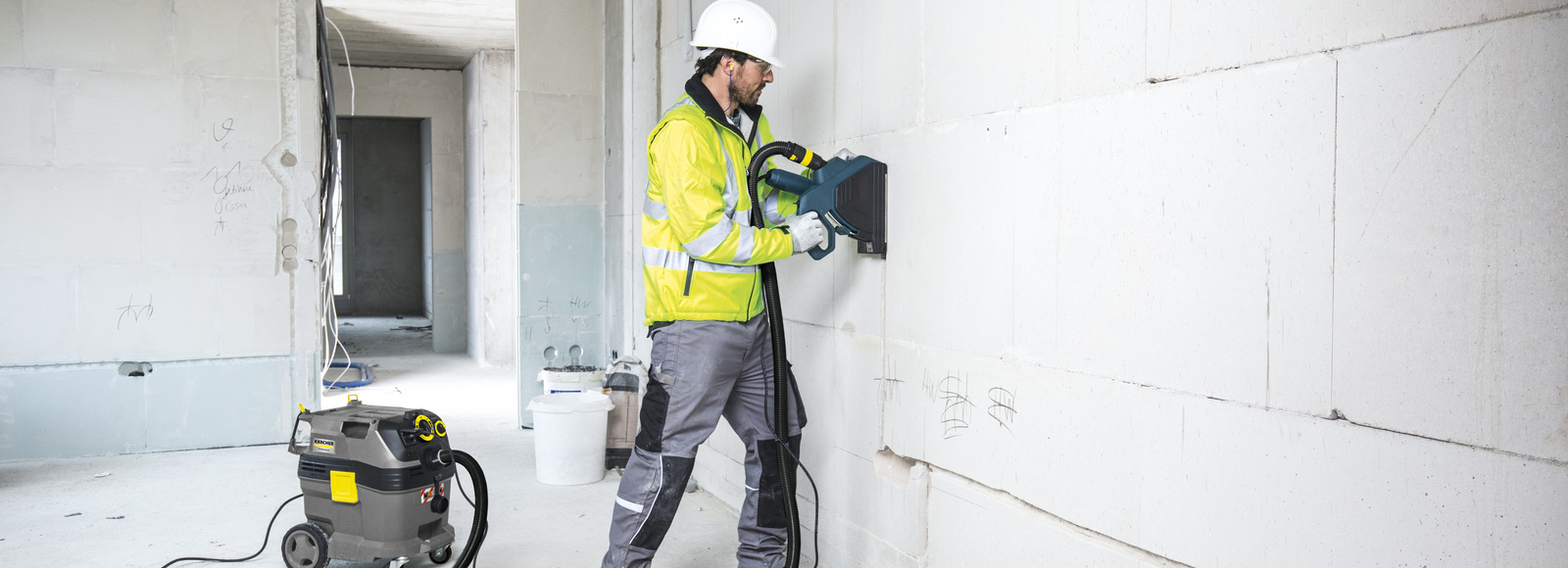Cleaning power tools and hand tools
Working effectively on a construction site requires the right tools. The accumulating dirt and dust can take its toll on equipment such as shovels, wheelbarrows and other tools. To ensure the equipment functions reliably and safely in the long term, careful cleaning and maintenance must be an essential part of the work routine. Depending on the equipment and the amount of dirt, you can use different cleaning devices, from high-pressure cleanersto vacuum cleaners.
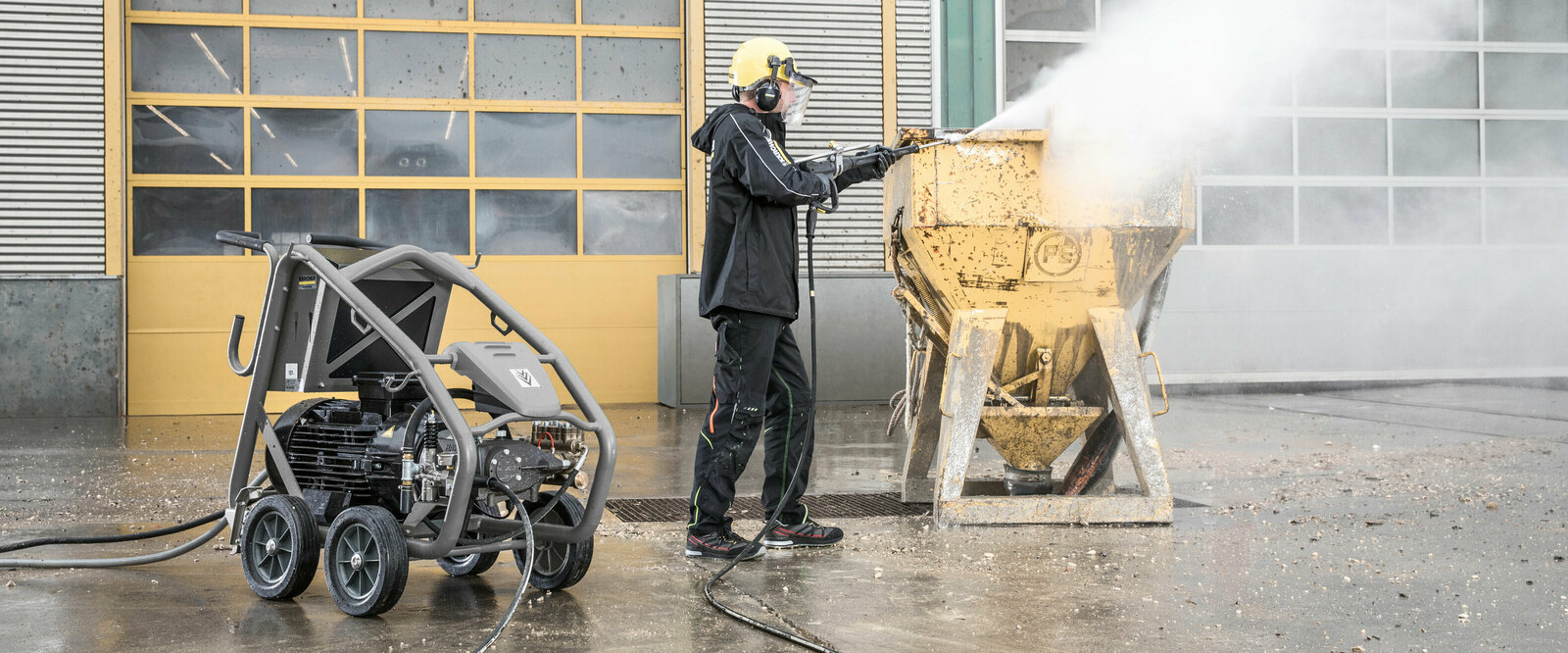
Cleaning power tools and hand tools is essential for their function and safe use
Work equipment and tools are valuable investments that ensures smooth work processes on the construction site. To ensure that they function properly and that their quality and usability lasts, regular and thorough cleaning and sanitising equipment is necessary. Accumulated dirt can lead to serious damage, such as the following:
- Accumulation of solid materials such as metal and wood splinters, concrete residues and other sharp-edged residues can cause damage to the equipment’s surface and cause corrosion and rust.
- Fine construction dust can build up in ventilation slots of electrical and petrol-powered equipment. This can lead to a blockage which can cause the unit to overheat or even short circuit. Worst case scenario would be for the equipment to explode.
- Dirty drive chains wear out quicker, leading to impaired function. The result can even be a total failure of the unit.
- Fresh or dried construction mud on steps and ladders will corrode their surfaces in the long run. It’s also hard to firmly grab dirty tools and equipment, which increases the risk of accidents.
- Grease and oil deposits can impair the function of tools and equipment and contaminate the work being carried out. Furthermore, greasy, slippery tools are a safety risk.
Cleaning different power tools and hand tools
A construction site is a bustling hub of activity, where large and small equipment and tools work together to create structures that stand the test of time. From massive construction machines to transport equipment, drills, and diaphragm wall equipment, to smaller yet equally important wheelbarrows, ladders, shovels, masonry trowels, hammers, pliers, and more, every tool plays a crucial role. Powerful machines and equipment, as well as smaller tools, are put to use daily in various ways and locations, exposed to harsh conditions such as heavy strain, dirt, and dust.
Which cleaning equipment for which tools?
In order to clean and sanitise work equipment thoroughly and safely, the following cleaning devices are especially suitable:
Tools, small equipment, and accessories
- Against rust: sandpaper, steel wool, wire brush, tool oil, wax, rust paste
- Against oil and grease: grease-dissolving detergent, rags, sponge, drying cloth
- Against other types of dirt: cleaning detergent, tool oil
- High-pressure cleaner
- Hot water high-pressure cleaner
- Vacuum cleaner
Power tools and machines
- Vacuum cleaner, brush, cloth
- Compressed air cleaner
- Cleaning oil, detergent
- If necessary, high-pressure cleaner for removable parts
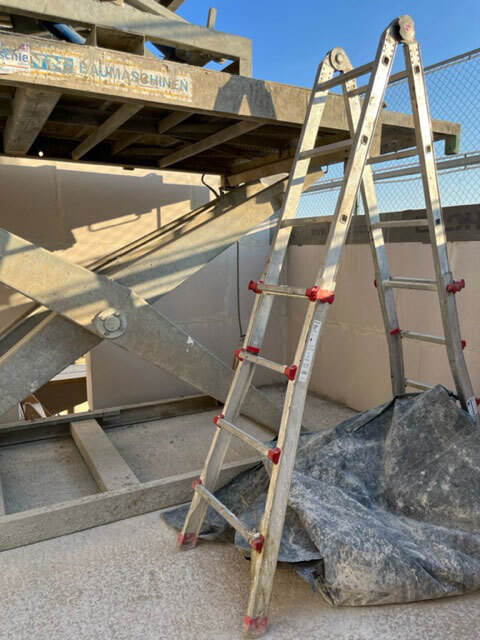
Cleaning construction equipment
The construction equipment industry is no stranger to tough and messy environments. Constant exposure to dirt, mud, clay, paint, and varnish splashes, as well as the accumulation of dried concrete, can cause significant wear and tear on expensive equipment. To ensure the longevity and value of these machines, it is crucial to implement effective cleaning measures on the construction site, in the company, and across the vehicle fleet, including construction equipment cleaning. Maintenance and repair are equally important, and cleaning plays a vital role in the upkeep of these machines. It is key to understand the importance of cold and hot water high-pressure, ultra-high-pressure technology, dry ice, and cabin cleaning. By doing so, you can help to maintain the function and value of these costly machines, thereby ensuring the success of your business.
Cleaning equipment
Cleaning power tools and hand tools with a high-pressure cleaner
Equipment and tools used at construction sites undergo intense stress, and yet they must operate flawlessly at all times. To ensure optimal performance, it’s important to conduct comprehensive and thorough cleaning after construction work and to clean power tools and hand tools daily after use. For coarse dirt and grime, a high-pressure cleaner is the go-to cleaning device. It swiftly and effectively removes stubborn dirt and deposits without the need for detergents or excessive force. High-pressure cleaning is particularly effective for removing mud, construction dust, and even concrete residues from equipment such as wheels, buckets, chutes, and chains.
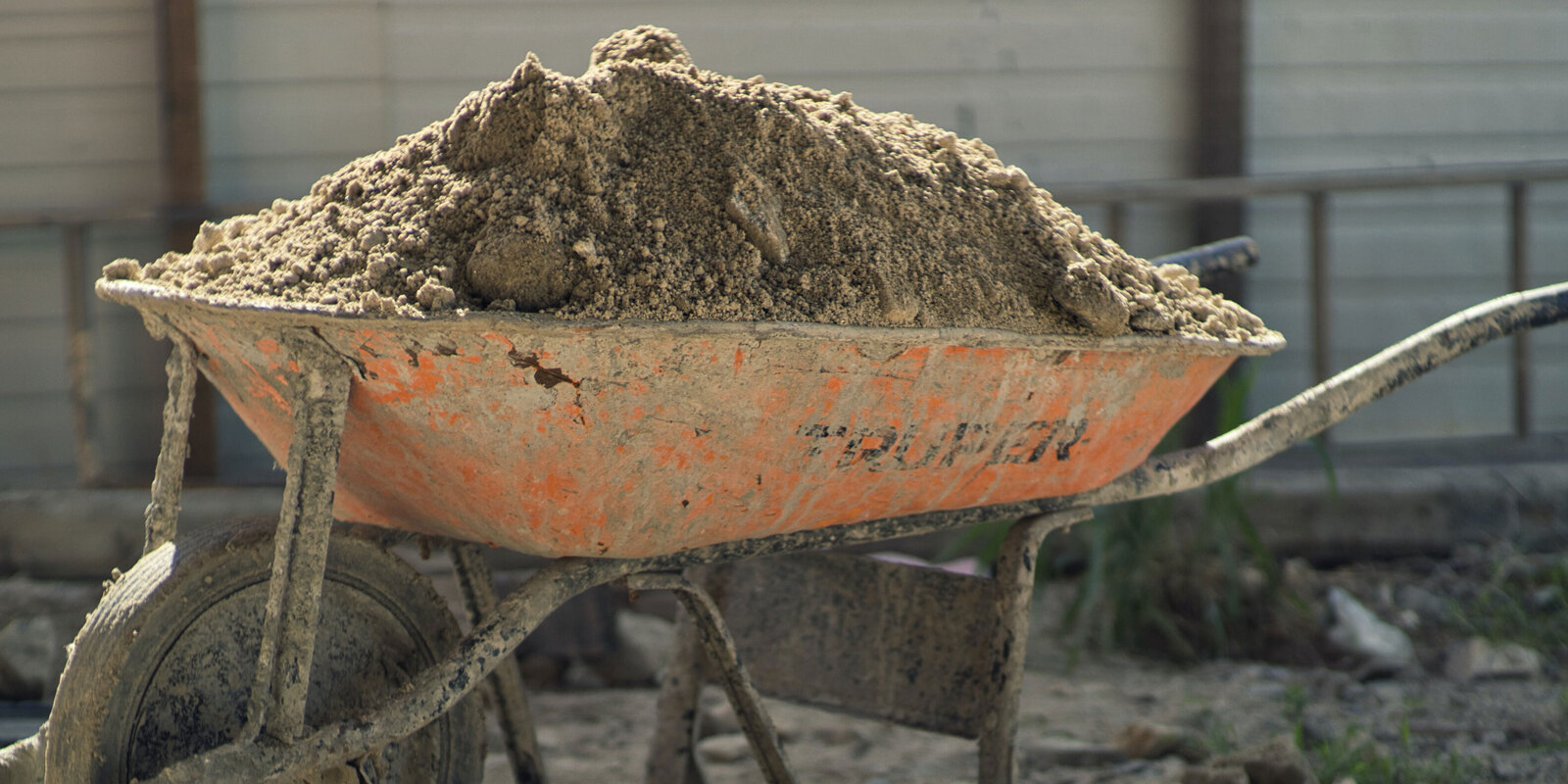
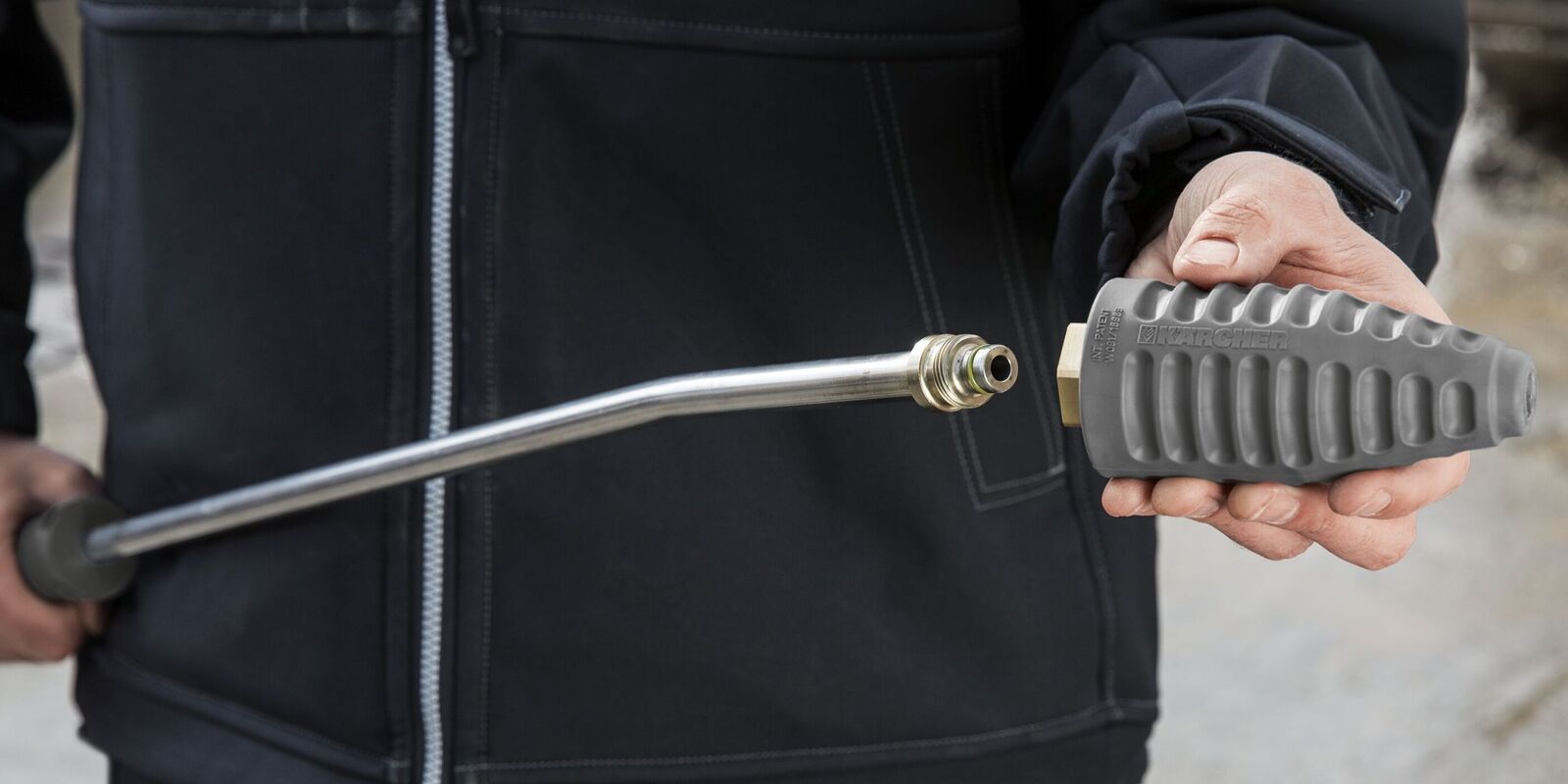
Mobile high-pressure cleaners are particularly suitable to be used on construction sites and their selection is vast. With a vast selection available, you can choose from different size classes, power units, and cold or hot water pressure options to suit your specific requirements. This flexibility makes them ideal for sites where a water or power supply may not be readily available. Whether you opt for electric or diesel-powered devices with water connections or tanks, you can find a mobile high-pressure cleaner that fits your unique needs. With compact devices, you can easily move around the construction site and access hard-to-reach areas quickly and effectively. Moreover, you can choose from various nozzle accessories to clean larger surfaces or target specific spots.
Notably, high-pressure cleaners are also suitable for cleaning small, manually-operated tools and devices. To do this, place the tool or device in a stable, secured tub, while keeping a safe distance and wearing protective clothing. It's essential to ensure that the equipment is thoroughly dried after cleaning.
Cleaning power tools and hand tools without a high-pressure cleaner
To ensure that work tools remain in good condition and perform effectively, it's crucial to clean them regularly. Ideally, tools should be cleaned after each workday to prevent dirt and grime from drying and causing corrosion.
If you're dealing with dried-on mud or dirt, begin by tapping off any loose debris before washing the tool with a coarse brush, sponge, or rag in soapy water. Remember to dry the tool thoroughly to prevent rust from forming.
For work equipment that cannot be cleaned with water, use a suitable detergent or cleaning oil after removing any coarse encrustations. Apply the detergent or oil to a soft cloth and wipe the equipment thoroughly, paying attention to hard-to-reach areas.
If you notice any rust on steel or iron tools, use a steel brush, steel wool, or sandpaper to remove it. Then, apply tool oil to the surface to prevent future rusting.
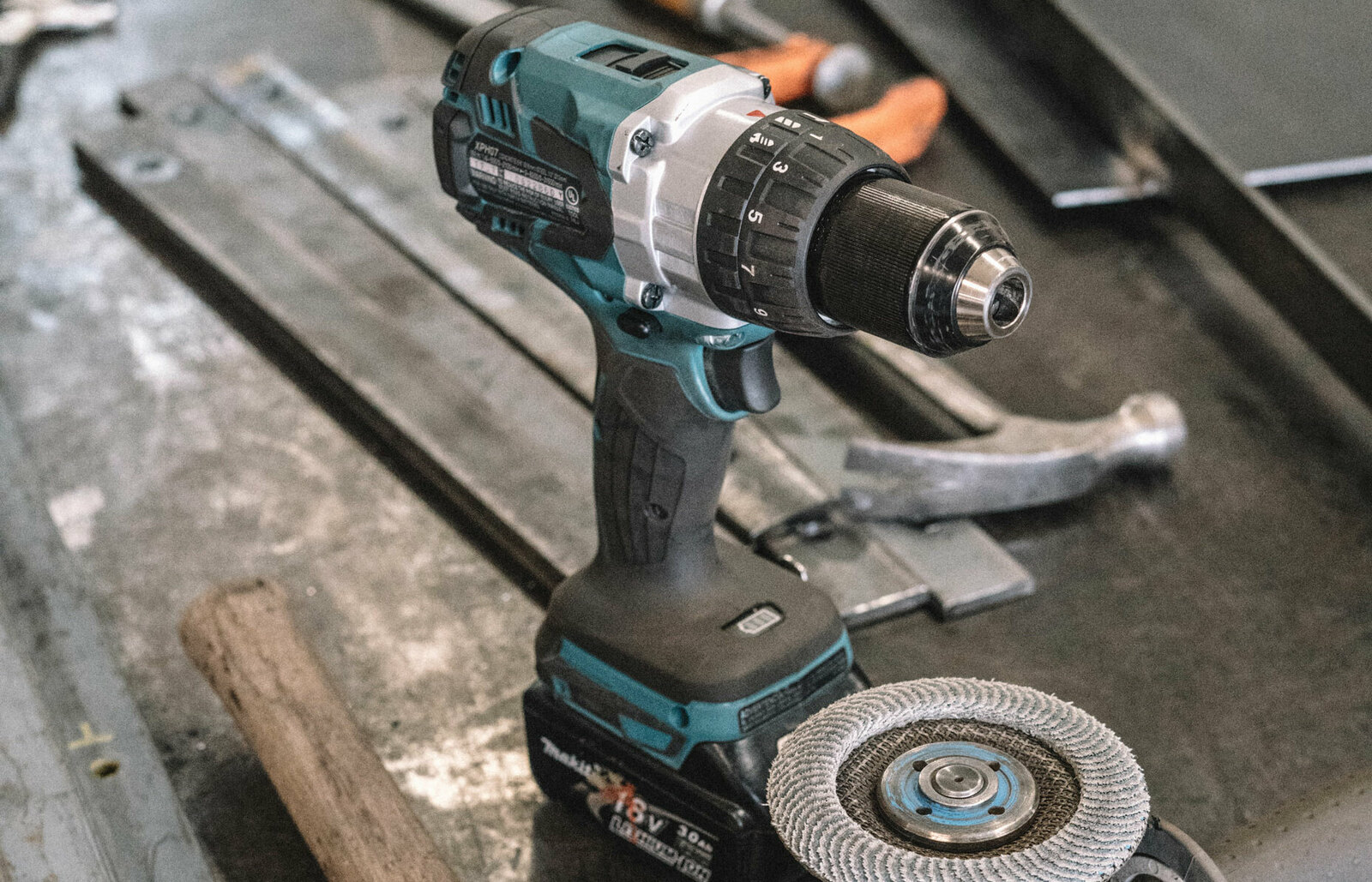
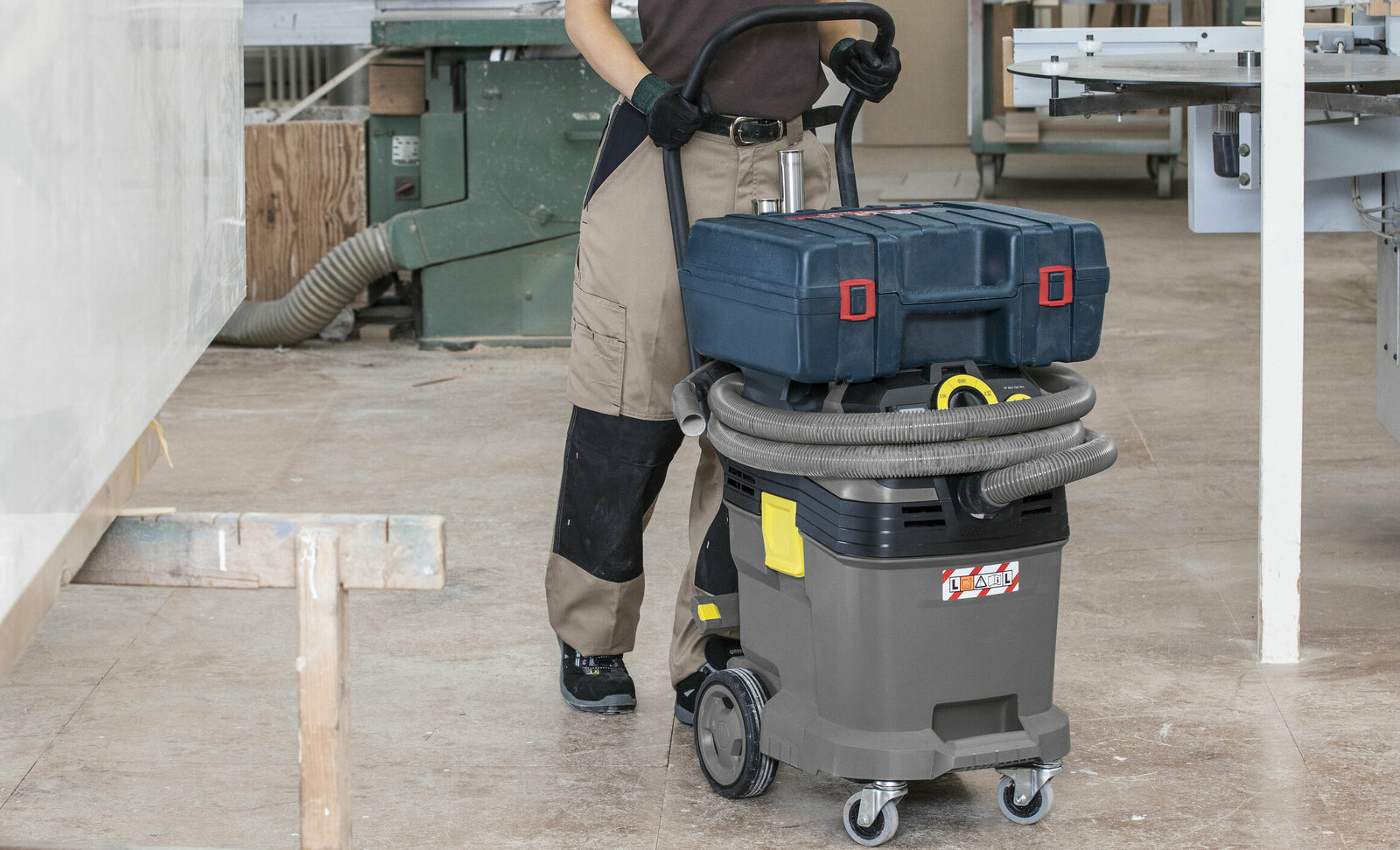
Cleaning power tools and hand tools with a vacuum cleaner
In addition to the coarse dirt resulting from encrusted mud, concrete, and grease, construction sites also generate fine construction and wood dust that pose a considerable health risk. To mitigate this, effective exhaust systems should be used during dust-generating tasks, such as drilling or sanding. However, it's often impossible to avoid construction dust entirely.
Dust can accumulate not only on surfaces but also inside work equipment, such as power tools, machines, and small appliances, through their small openings. To address this issue, safety vacuum cleaners and wet and dry vacuum cleaners can be employed to clean the dust. Depending on the specific cleaning requirements, various useful attachments can be used with the cleaning devices. For example, thin nozzles are particularly suitable for vacuuming ventilation slots and other hard-to-reach areas, while floor nozzles are ideal for cleaning flat surfaces.
Removing construction dust
Poor visibility or idle work equipment are just some of the reasons for increased dust in the workplace. It’s not only a potential safety risk but also a risk for the workers’ health. Construction dust related health problems range from respiratory system irritation and inflammation to chronic lung diseases and an increased risk of cardiovascular diseases. Professional control and removal of construction dust can effectively ensure a safer environment.
Occupational safety in cleaning power tools and hand tools
Proper cleaning and sanitising of work equipment is essential, but it can also pose some risks, such as exposure to hot water or high-pressure cleaners. As such, it’s imperative to adhere to strict occupational safety measures to prevent any accidents or injuries.
Before you start cleaning, you should carry out the following steps:
- The cleaning device should be checked for potential damage.
- Electrical equipment that needs to be cleaned should be unplugged to avoid short circuiting.
- Always follow the safety instructions of the cleaning devices to ensure they are only used as intended.
Protective measures when working with high-pressure cleaners:
- Wear suitable protective clothing when cleaning with high-pressure cleaners.
- To prevent cleaning devices and work equipment from sinking into the ground or tipping over due to the softening of the ground from running water, it's essential to place them on stable, level ground.
- Adapt temperature and pressure to the cleaning requirements.
- Always keep a sufficient distance from the equipment to be cleaned to avoid being sprayed by the rebounding water.
- Always clean from top to bottom.
- Never direct the jet at people.
Protective measures when cleaning with vacuum cleaners:
- Check the vacuum cleaners’ filters regularly and change them if necessary.
